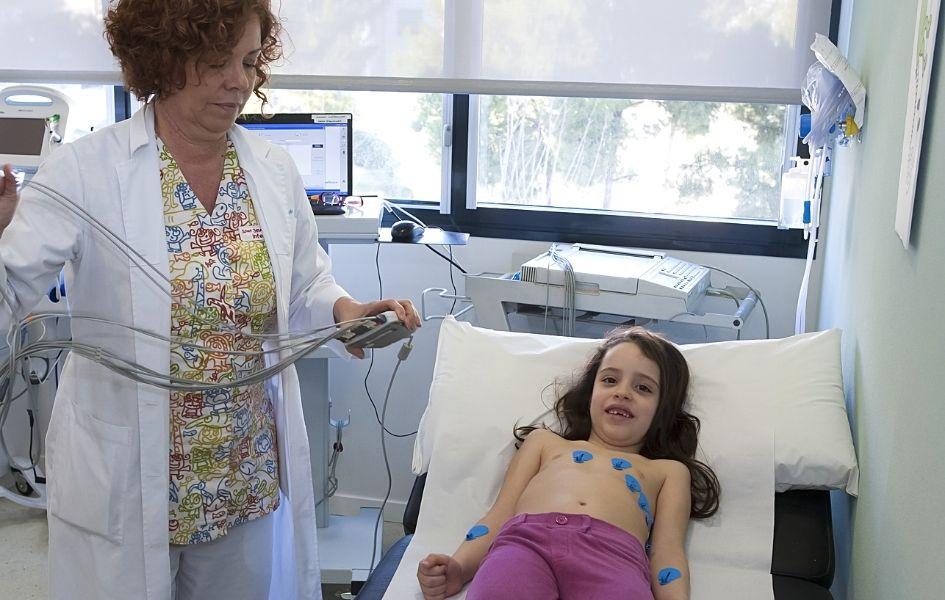
It is the first device in Europe to offer the option of remote programming.
SJD Barcelona Children's Hospital has begun to introduce a new generation of cardiac devices that allow remote and long-term monitoring, up to four and a half years, of the hearts of children at high risk of arrhythmias.
It is a wireless, insertable device that continuously records the heart's functioning and detects changes in the heart rhythm. It is very useful for diagnosing arrhythmias and their cause, and, in the case of children with chronic diseases such as channelopathies or cardiomyopathies, for monitoring treatments.
Remote programming
This holter monitor is the first in Europe to offer the option of remote programming, so that professionals can make adjustments to the device without the patient having to travel to the Hospital.
The device, developed by Medtronic, stands out for its small format, measuring one-third the size of a AAA battery. It is placed just under the skin through a small incision of less than one centimetre in the left upper chest in a minimally invasive procedure.
The monitor can be inserted outside the operating room or in the electrophysiology room thanks to its BlueSync™ connection, similar to conventional Bluetooth, but with secure protocols for medical devices. Clinicians can set arrhythmia detection criteria via a tablet. Remote monitoring of the patient and the device from home can be done with a small monitor placed on the patient's bedside table or with the patient's own mobile phone.
The Arrhythmia Unit at SJD Barcelona Children's Hospital, led by cardiologist Georgia Sarquella, is the only national reference centre for the treatment of pediatric arrhythmias, and coordinator of the paediatric sub-network within the European Commission's European Reference Networks. It currently visits more than 2,500 children a year affected by a wide range of cardiac pathologies.



